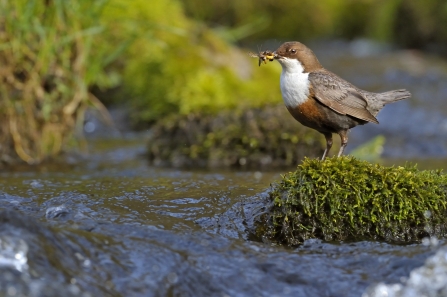Until recently, the only way I had experienced the rich wildlife present along our watercourses was either from bankside paths, or stood in the river during any number of aquatic surveys or fishing trips. However, I recently took to a canoe and paddled along a section of the River Trent, and with a bit of hush and patience it can be an extremely rewarding wildlife watching experience.
Firstly, a few pointers before you grab your inflatable lilo and hurl yourself downstream. If you do not have your own canoe or kayak, there are a number of hire companies along the Trent valley that will provide you with all the necessary equipment and information you need for a lovely day out along easily navigable sections of the river – a great starting point for the beginner.








